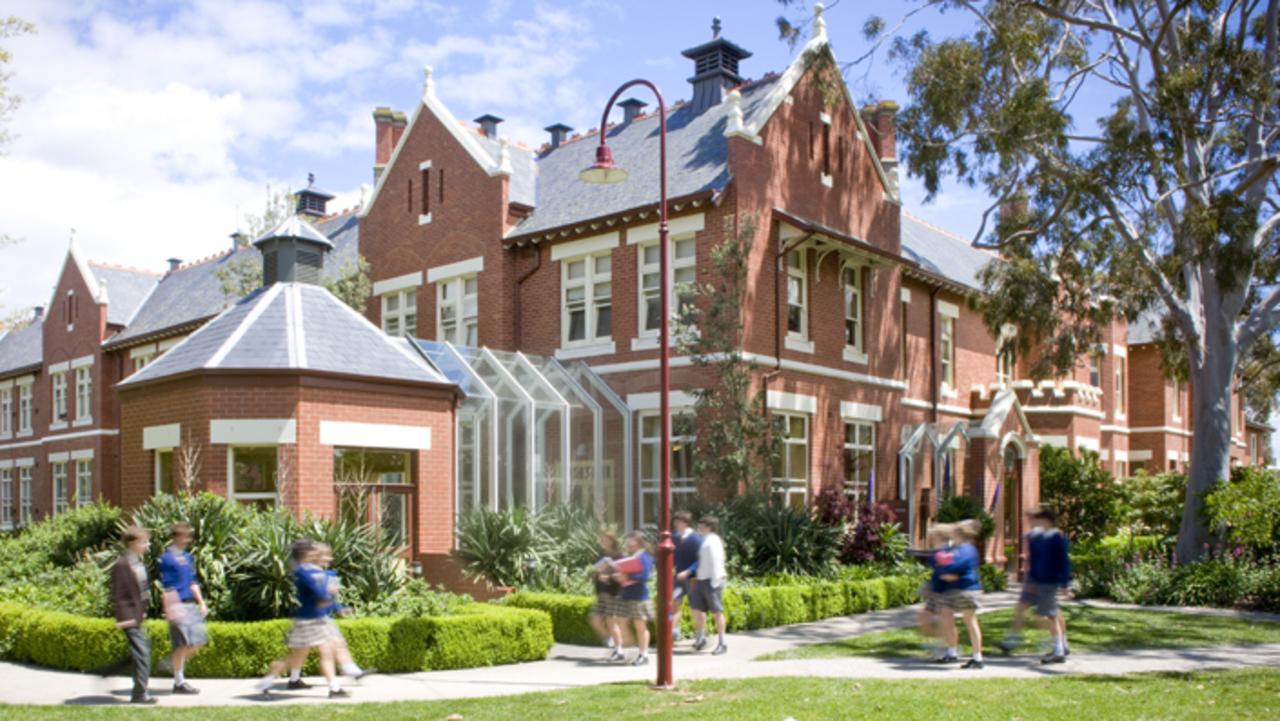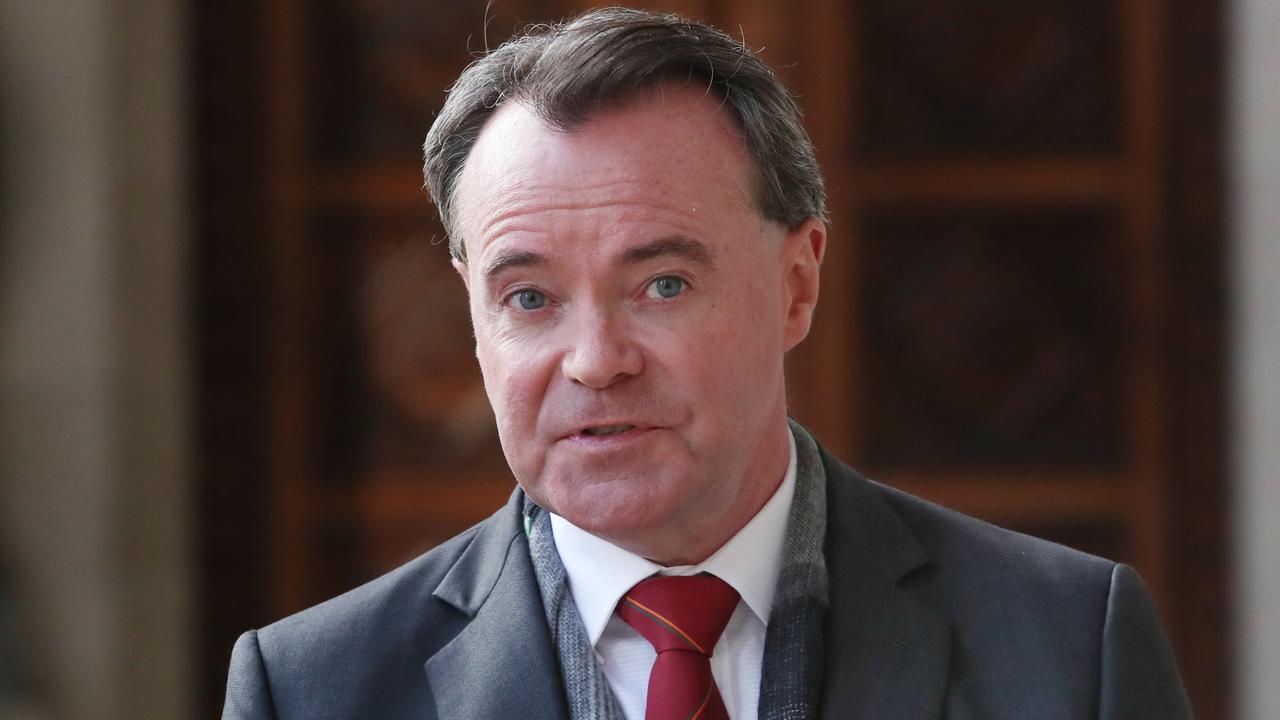Benchmarking Melbourne report reveals city remains one of the most liveable but at risk of falling behind its competitors
Melbourne has been ranked on the world stage and the results have revealed the challenges it must overcome to retain its status as one of the best places to live. Have your say on the rankings.
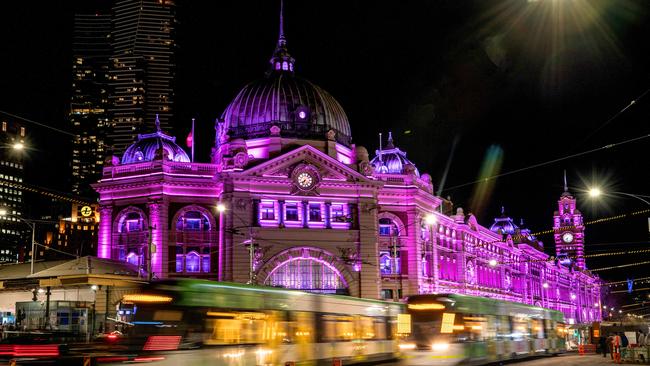
News
Don't miss out on the headlines from News. Followed categories will be added to My News.
Melbourne remains one of the best places in the world to live, but is at risk of being knocked off its perch if it does not address its “underlying weaknesses” such as connectivity and housing, a major report has revealed.
The annual Benchmarking Melbourne report, released on Tuesday, assesses Greater Melbourne against 19 “peer cities” from across the globe, including London, Berlin, San Francisco, Boston, Toronto, Singapore, Sydney and Brisbane.
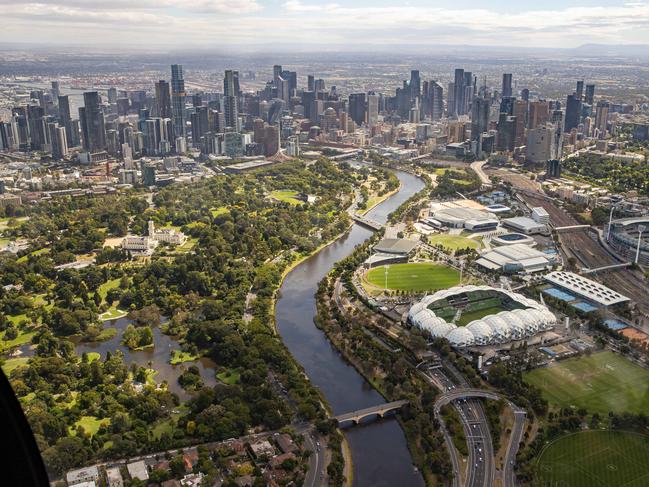
Melbourne scored highly in categories relating to culture, influence and wellbeing, but poorly when it came to connectivity, innovation and technology.
In its third year, the report – commissioned by prominent advocacy group Committee for Melbourne and real estate outfit JLL Victoria – tracks Melbourne’s year-on-year performance against the same group of cities across nine categories.
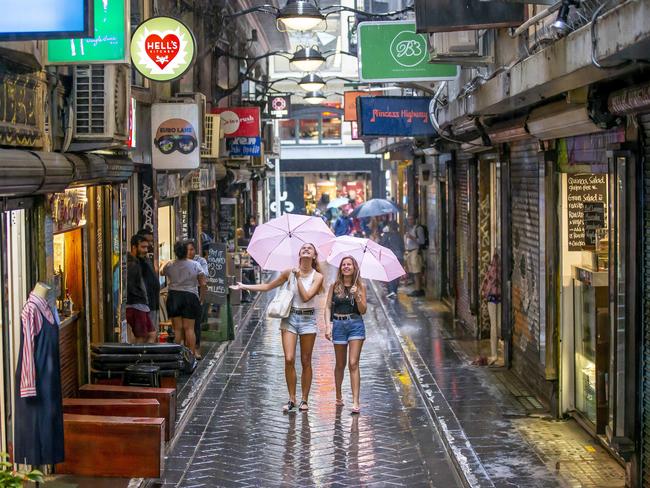
Most notably, the city fell from second to seventh for inclusivity and wellbeing this year, as the cost-of-living crisis took a hold on households.
But Melbourne was again fourth for culture – or “experience economy” – firmly holding onto its position as a destination of choice for food, arts, sports and entertainment.
“Melbourne is back in the global mind, more talked about and admired than it was through the pandemic,” the report states.
“The city is consistently recognised as one of the world’s most liveable and likeable.”
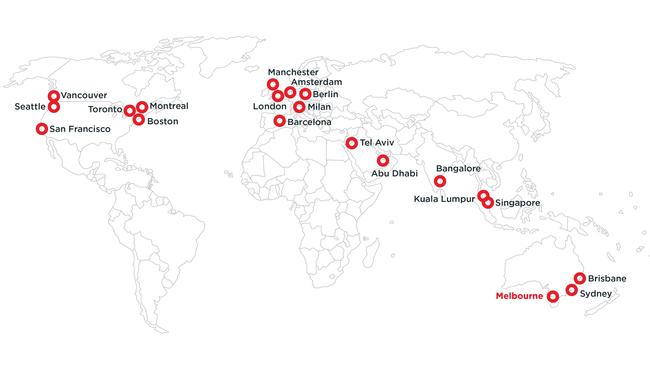
But while Committee for Melbourne chief executive Mark Melvin said Melbourne should be “proud” of its most recent ratings, he conceded the city’s strengths were not enough for it to remain competitive on the world stage.
“What we are seeing in this year’s results is hungrier competition from other cities, including London, Sydney, Tokyo and Singapore, as well as from cities acting as investment gateways across Asia and The Gulf,” he said.
“As other cities improve and adapt, we have fallen behind in areas.”
According to the report, which was authored by British urban intelligence firm The Business of Cities, the pressing issues include connectivity, housing and business attraction.
“Melbourne has to address its underlying weaknesses soon in order to stay competitive,” it states.
The authors questioned whether Melbourne’s transport infrastructure was “built to last”, adding that the city’s challenges when it came to connectivity risked undermining its long-term liveability.
Currently, less than half of Melburnians live close to public transport that runs frequently.
While Melbourne’s tram network is the largest among its peers, the city ranks in the bottom half for access to bus stops (11th) and rail stops (14th).
“Melbourne has more work ahead than others to provide more choices in how people get around and get connected,” the report states.
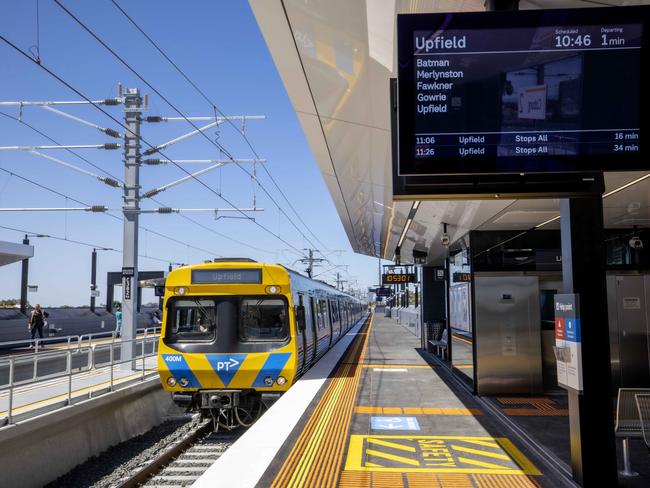
However, housing is emerging as the “big concern”, with Melbourne the ninth most unaffordable English-speaking city for buying a home.
“Unaffordable housing … risks eroding Melbourne’s reputation as open and liveable,” the report continues.
Melbourne – rated 12th out of 18 peer cites for future economic growth prospects – also faces fierce competition from cities across the Asia-Pacific boasting fast economic growth and investment in future industries, such as Kuala Lumpur, Taipei, Bangalore and Busan.
“You can’t ignore the fact that other cities are trying to catch up with us,” Mr Melvin said.
JLL Victoria managing director Kate Pilgrim added that Melbourne’s ability to retain skills and talent is “relatively flat” compared to the trends other cities were producing.

Melbourne’s ratings stayed the same for skills and talent (9th) as well as global reach and resilience (11th) but fell slightly with respect to whole city connectivity (13th to 14th), technology and efficiency (13th to 14th) and environmental outcomes (12th to 13th).
However, Melbourne jumped from 15th to 14th for leading edge innovation, reflecting the growth in advanced manufacturing, software and healthtech.
It also jumped from eighth to seventh for image and influence, with the report noting Melbourne is considered the seventh friendliest city in the world and the seventh best city for food.
Mr Melvin and Ms Pilgrim said Melbourne’s ratings show the city is “one of the best places in the world to live, work and play”.
“But a look outward to other cities reveals worrying threats to our fairness and liveability in the long-term,” they said.
“We all agree that Melburnians should expect to have access to affordable homes, jobs in easy reach, abundant experiences, clean air and public spaces.
“All of these are at risk if Melbourne does not change course in where and how it grows.”
More than 80 business and community leaders will come together at a Committee for Melbourne summit on Tuesday to discuss Melbourne’s future off the back of the report, with Deputy Premier Ben Carroll among the speakers.
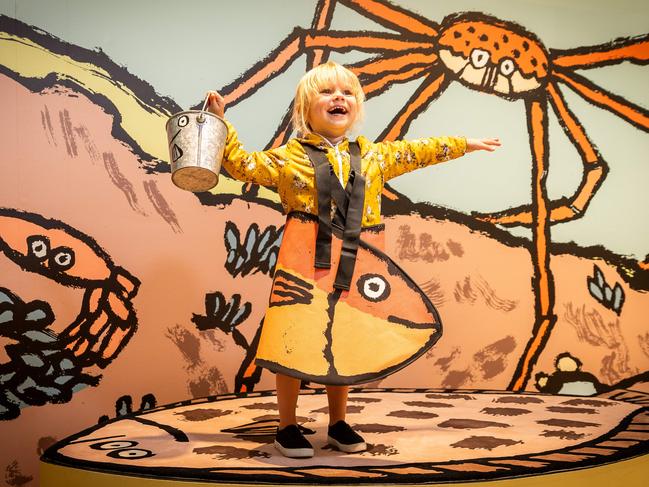
Suburban sprawl under spotlight
Melbourne’s massive metropolitan area cannot continue to sprawl “unchecked” as the city hurtles towards a population of nine million people by mid-century, a major report says.
Greater Melbourne, when assessed against 19 “peer cites” in the Benchmarking Melbourne report, is now the fourth largest by area, with more than 60 per cent of the population now living in low-density neighbourhoods.
“The metropolitan growth of Melbourne is such that median access to good transport and connections risks getting worse as other cities invest in both density and infrastructure,” the report states.
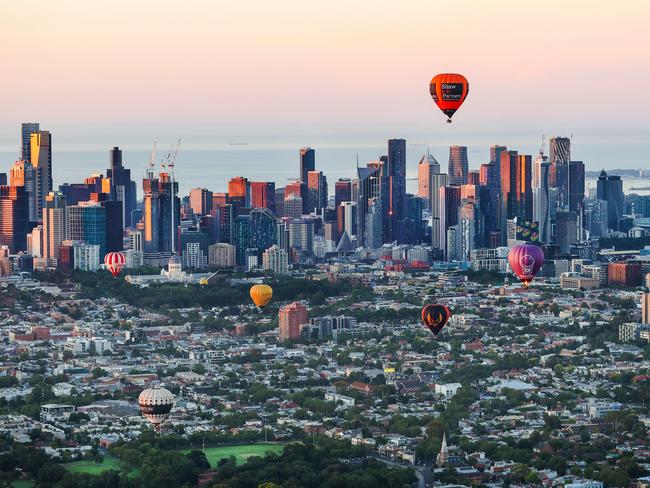
Committee for Melbourne chief executive Mark Melvin said Melburnians were feeling the effects as the city densifies its inner and middle suburbs at a slow rate.
“As Melbourne grows outwards, fewer Melburnians have access to public transport resulting in an over reliance on cars with 87 per cent of households owning at least one vehicle,” he said.
According to the report, Melbourne must make public transport an “attractive and viable alternative” in more suburbs, with other cities regarded as having “more efficient, reliable and affordable public transport”.

Nick and Eva Raptopoulos from Templestowe Lower, who have two adult children, have no choice but to rely on their cars, as they face a 15-minute drive to a train station.
“I’d love to not drive to work, but it would take me probably a couple buses and a couple trains to get there,” Nick said, noting he worked on the other side of town.
“I wouldn’t live anywhere else … but if you if you ask me how we can make our city better, it definitely has to be with infrastructure.”
Melbourne is now among the top 10 per cent of cities in the world for hours lost to congestion.



